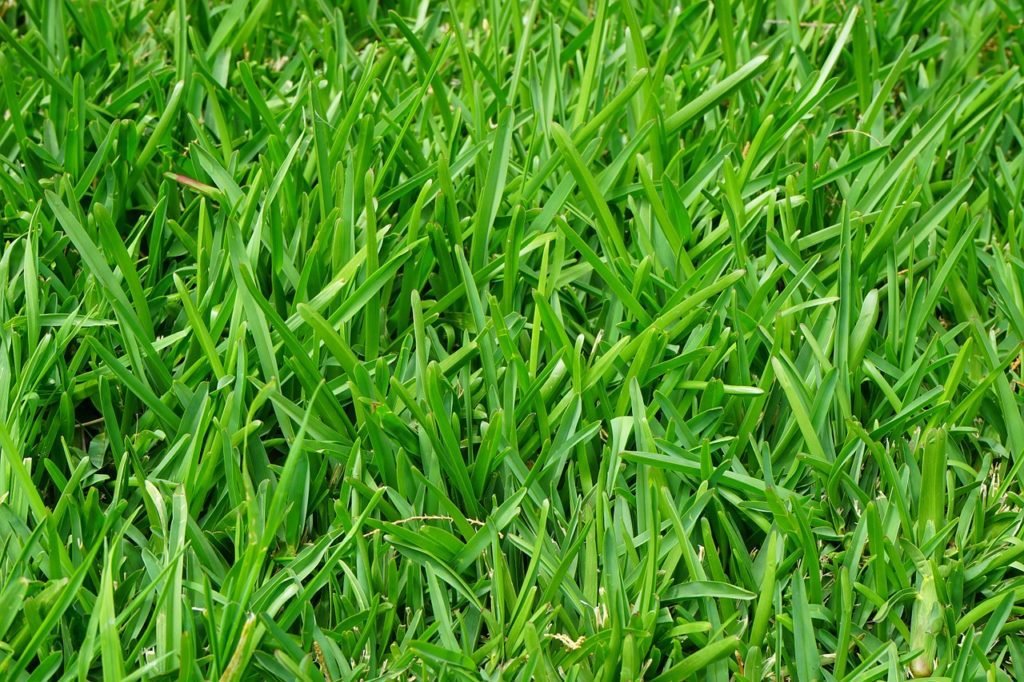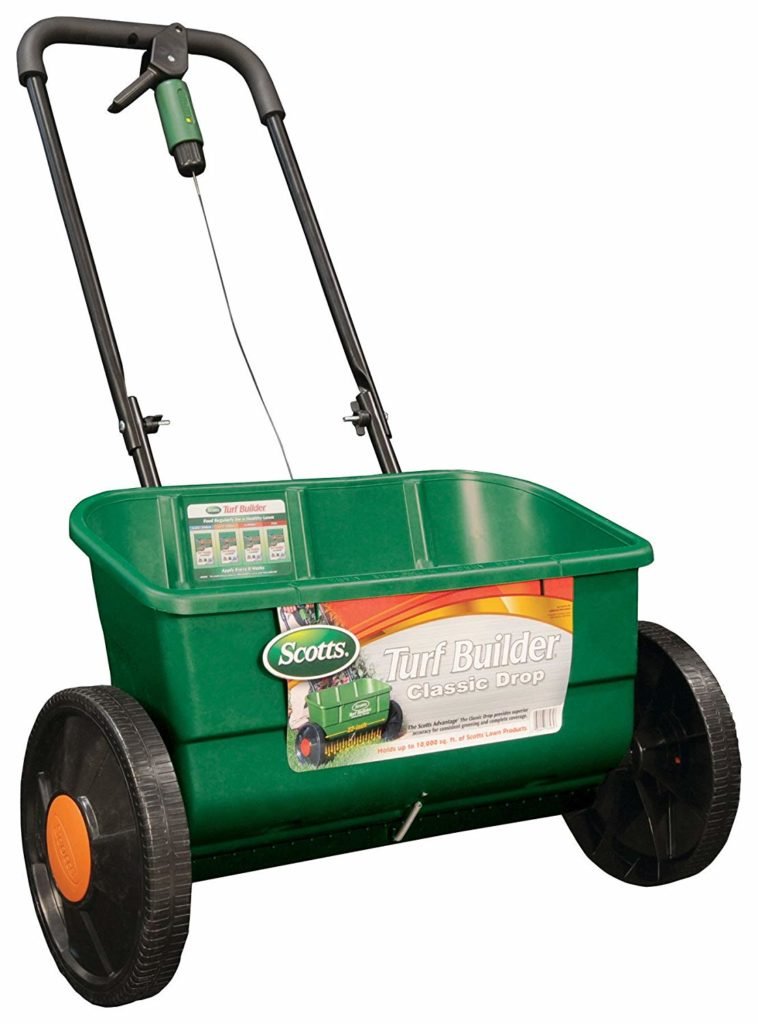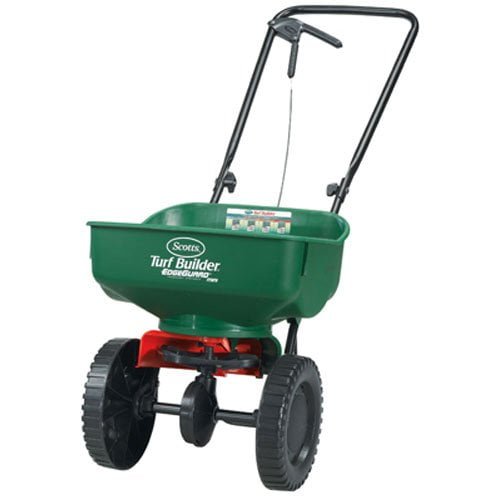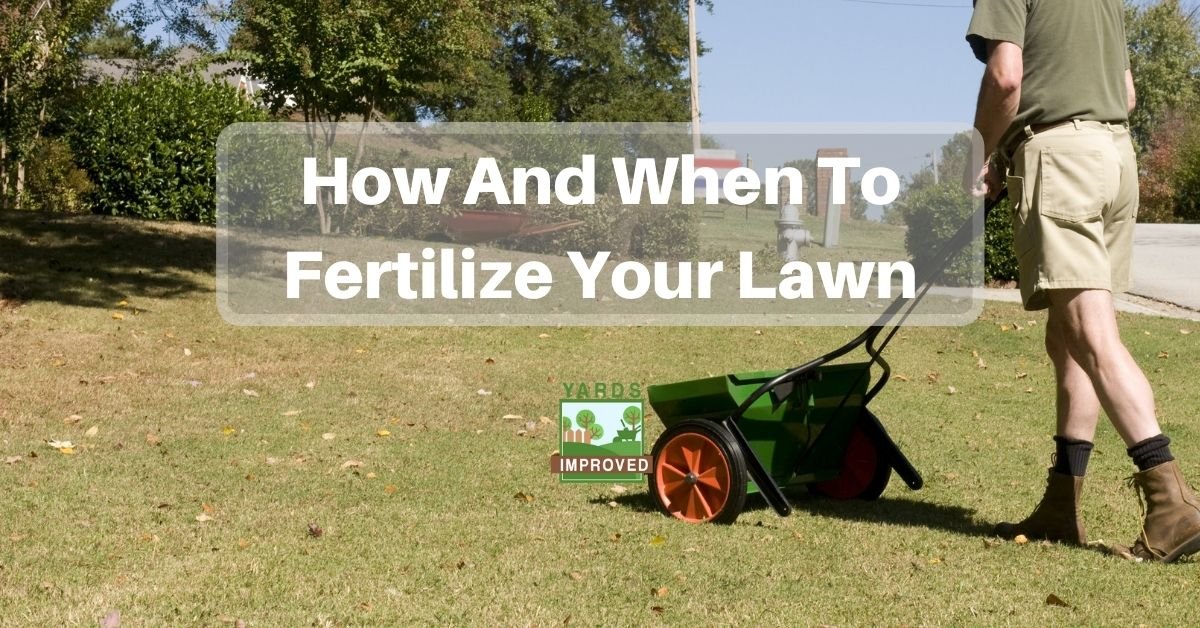Everyone wants a great green lawn. But to keep your grass healthy, you have to feed it right. Fertilizing the lawn should be a part of your regular routine so that the grass stays beautiful year after year.
Still, many people have questions about how, when, and how much to fertilize their yard. In this article, we’ll look at the basic guidelines you should follow so that your lawn gets all the nutrients it needs. While some details can vary depending on your region and the type of grass you have, this guide will help ensure you have a lush, green lawn for years to come.
Why Fertilize?
Grass is a living organism, so it needs food as well as water. Usually, soil that’s rich in nutrients is used for the lawn. But over time, of course, the nutrients get depleted. That means the grass is left without the source of energy it needs to continue growing.
It’s true that leaving grass clippings on the lawn helps in this process. The old clippings will decompose and be absorbed back into the soil. But often, this isn’t sufficient to keep your lawn in good shape.
Of course, the most important thing to know is what the grass is looking for. Nitrogen is the key element that will help grass stay healthy. Soil with a high nitrogen level is necessary for a beautiful lawn.
A sick-looking lawn is a sure sign you need to fertilize. But you can get ahead of the game by testing your soil.
When To Fertilize Your Lawn
One of the most important considerations for fertilizing is the type of grass you have. This may not come down to the specific species, but you’ll at least have to know whether you have a cool-weather or warm-weather type.
Cool-weather grasses thrive in climates like the northern half of the United States and into Canada. Basically, these are zones that have much colder winters. Those cold spells mean your grass needs more energy to stay healthy, so the cycle is different than for other grasses.

Lawns with cool-weather grass should be fertilized twice before the really cold weather starts. Late September and again in November are usually the best times. By this time, growth is slowing because the grass “knows” it needs to save its energy. A third feeding should take place in spring when the grass starts to grow again, usually in late April or early May. This third time is because the grass has used up the nutrients from the fall just trying to survive and then to produce that first growth of the new season.
For warm-weather grasses, the schedule is a bit reversed. Two spring fertilizations are ideal. One should be during the first growth period in early spring. Repeat it in late spring but before the intense heat sets in. A third feeding should be done after the worst of the summer has passed, around mid-September or early October.
Find out more about different kinds of grass
How To Fertilize
When it’s time to fertilize, you want grass that’s dry – but not dried out. Allow your lawn to dry after its latest watering or after the last rain. You’ll want to water again after fertilizing. That second watering of the lawn will also help wash fertilizer off the grass blades and into the soil. Remember, they’ll absorb it through the roots, not the blades!
You also want to be sure not to fertilize right before heavy rains. This is especially true if the water tends to run off your lawn after a storm. This can wash away all the nitrogen-rich plant food that you’ve just laid down.
It’s also important to spread the right amount of fertilizer and to spread it evenly across the lawn. You don’t want it to clump up in spots; this can lead to irregular patches in your lawn. It’s best to invest in a spreader that will help keep the lawn evenly fed.

To keep things even and to be sure the lawn is fed consistently, consider using the same path you use for mowing. Most spreaders have holes for dispensing on each side. You can close one side to help prevent overfertilizing.
Then start on the outer edge of your lawn and walk off the perimeter. Gradually walk off smaller and smaller squares until you reach the center.
Of course, not everyone’s lawn is a perfect rectangle, so you’ll have to make adjustments. Again, the most important thing is to keep the spread of fertilizer even across the whole grassy area.
Types of Spreaders
When you’re ready to get a spreader, there are a number of types and styles to choose from. Here are some of the major ones that you’ll find helpful.
First, though, an important reminder: before you fill your spreader, no matter what type it is, be sure the hopper is closed! Otherwise, you’re going to end up with a big pile of fertilizer underneath, where it isn’t going to do any good. It’s still good to place a tarp underneath in case you forget to close the hopper, or if there’s any spilling.
A drop spreader works quickly if you have a huge lawn. The fertilizer comes directly out of the bottom of the unit. They come in various widths – wider is better for the biggest yards. You simply push it along while walking behind it.

Scotts Turf Builder EdgeGuard Mini Broadcast Spreader
For most home needs, though, a broadcast spreader works better. It casts the fertilizer out from the sides. This will help you get a more even spread without as much worry about missing spots or having too much in any one place.
Broadcast spreaders are available in push or handheld models. The handheld ones have a crank that you turn with one hand as you walk along. These are great for small yards or sections that are too narrow to use another type of spreader.
But if you have a small lawn, these push models might be overkill. Instead, you can opt for a handheld spreader. It covers a smaller area and allows more precise application of your fertilizer or grass seed.
Whatever type of spreader you use, it’s important to walk slowly and cover your whole yard.
Conclusion
Keeping your lawn well-fed with nitrogen-rich fertilizer will help it stay healthy and beautiful from year to year. By following a regular pattern of fertilizing several times a year, you’ll be able to enjoy the grass around your house much more. Using a spreader helps assure that this grass food is spread evenly so that it looks great all over and you aren’t left with odd clumps across the lawn.









